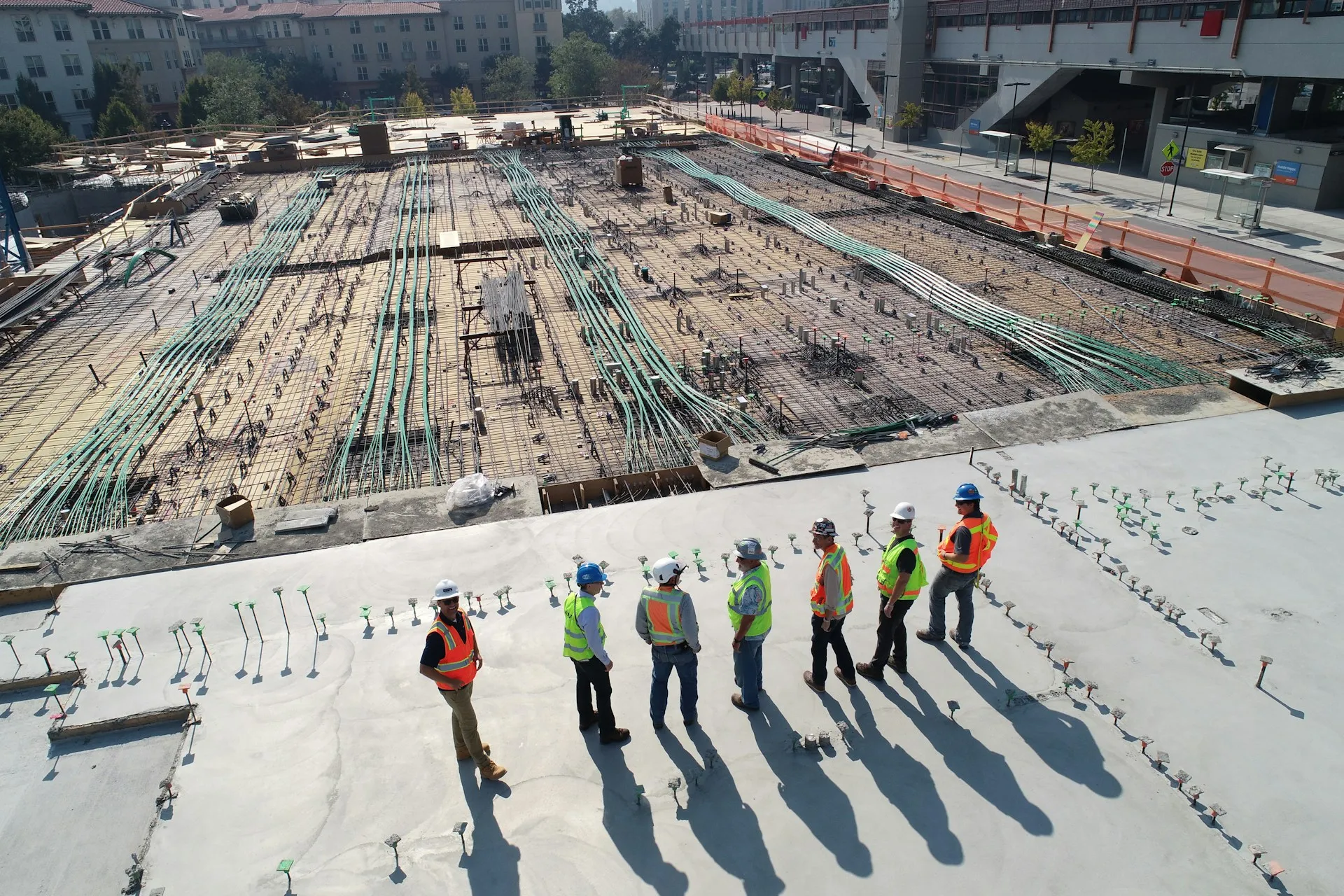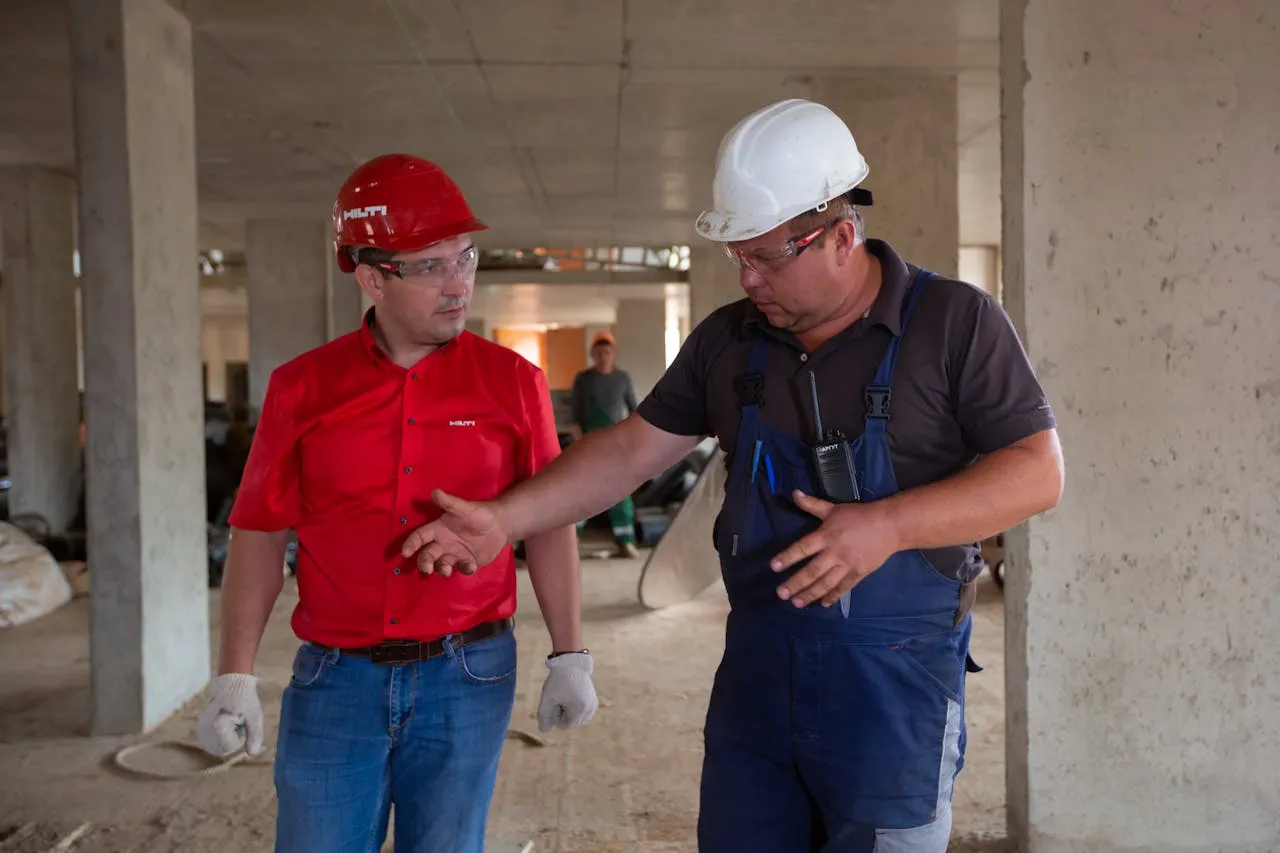The Best Time Tracking Solution for Multi-Site Construction Operations
A Step-by-Step Success Blueprint
Challenges of Managing Multi-Site Construction Projects
Managing one construction site is challenging; managing multiple sites is a whole other beast.
You need to coordinate workers, equipment, and tasks across different locations, each with its own set of challenges. You also have to ensure consistent communication between sites, keep up with varying project timelines, and monitor budgets closely.
With so much on your plate, the last thing you should be worried about is time tracking. Luckily, there are construction time tracking solutions tailored specifically for construction businesses managing multiple sites.
The only task left is choosing the right one, and this article is here to help make that decision a whole lot easier.

Photo by Scott Blake on Unsplash
What Are the Benefits of Using a Time Tracker?
Using a time tracker comes with several advantages that can make the challenging task of managing construction projects much easier:
- Eliminate Guesswork – A time tracker automatically records work hours, so you can say goodbye to all the messy paperwork and manual calculations. It keeps everything organized, making it simple to generate accurate reports.
- Boost Productivity and Efficiency – Time tracking software offers more than just a simple clock-in and clock-out feature. It provides insights into how time and money are being spent. This way you can better spot where time is being wasted, which projects are dragging, and where you might need more resources.
- Accurate Project Costing – Time trackers provide precise data on how your team spends their time and how long each task takes. This helps you calculate labor costs accurately, plan budgets better, and avoid unexpected expenses. With accurate historical data, you can also make more precise project bids and schedules based on real performance rather than guesses.
- Maintain Compliance with Labor Regulations – Labor regulations can be tricky, especially with overtime rules. A time tracker automates these calculations, helping you stay compliant. It alerts you to employees’ overtime limits and scheduled breaks, and it generates detailed reports to support compliance during inspections.
- Simplify Payroll Processing – When you have a handful of workers with varying pay rates, managing payroll can difficult. Time tracking software simplifies this process by ensuring accurate employee scheduling and pay calculations. This saves you time and reduces errors that could lead to disputes over pay.
How to Choose the Right Multi-Site Construction Time Tracking Solution?
1. Assess your construction time tracking needs
Start by identifying the specific requirements of your construction business. Consider factors like the number of sites you manage, the size of your workforce, and the complexity of your projects.
Do your workers need mobile access? What are your reporting and analytics needs? Is there other software in your workflow that you’ll need to integrate with?
Understanding your needs will help you prioritize which features are most critical in a time tracking solution.
2. Look for key features fit for multi-site construction
Not all time tracking solutions are created equal. Some are designed with generic use cases in mind, while others are tailored specifically for industries like construction that require more specialized features.
When managing multiple construction sites, it’s crucial to choose a solution that can handle the complexities of your operations.
For instance, a robust multi-site time tracking solution should offer GPS location tracking to ensure workers are at the right site, real-time updates to monitor labor costs, and detailed project tracking.
Features like offline time tracking are also vital, as construction sites often face connectivity issues. Additionally, look for solutions that support various devices—whether it’s a smartphone, tablet, or a dedicated construction time clock—so that you and your team can clock in and out easily, without being tied down to your desks.
Other key multi-site time tracking features worth considering include:
- Automated Reporting – Generate real-time reports on labor hours, project costs, and productivity metrics to help you make informed decisions quickly.
- Role-Based Access – Implement role-based permissions to ensure that team members can access only the information relevant to their roles, enhancing data security and privacy.
- Alerts and Notifications – Automated alerts for overtime, project milestones, or employee check-ins can keep you informed and proactive about site management.
- Geofencing – Time tracking software with geofencing lets you create virtual boundaries around job sites, allowing you to automatically track when employees enter or leave a specific area, enhancing accountability and accuracy in time records.
- Facial Recognition – Incorporating facial recognition technology helps streamline the clock-in process by verifying workers’ identities, thereby preventing unauthorized logins and ensuring that the correct individual is logging their hours.
- Compliance Management – A good time tracking solution should assist in adhering to construction labor laws, managing aspects like overtime tracking and break management to minimize the risk of penalties and ensure fair labor practices.

Photo by Aleksey on Pexels
3. Choose a time tracking solution that’s easy to implement
An effective time tracking implementation process should prioritize user experience from the start.
Choose a solution that provides a straightforward installation process, allowing you to set up the system quickly without requiring extensive technical expertise. This is especially important when you have a large workforce; the last thing you want is to invest time and resources in a solution that complicates your operations instead of streamlining them.
The time tracking solution should offer a clear onboarding program. Providing your team with the necessary training and resources—such as video tutorials, step-by-step guides, and dedicated support channels—will help everyone understand how to use the new system effectively. This is crucial in ensuring that all employees, regardless of their technical skills, feel comfortable using the new time tracking solution.
4. Consider scalability
As your construction business grows, your needs will evolve, and the time tracking solution you choose should be able to adapt accordingly.
Look for a solution that allows you to easily add users and manage new sites without complicated setups or additional costs. It’s also important to choose a system that can handle diverse projects, from small renovations to large builds, with customizable tracking and reporting features to fit various requirements.
5. Evaluate pricing to get the best value
Look for a solution that not only fits your budget but also offers the most value in terms of features, functionality, and long-term benefits.
Start by evaluating the pricing structure of different solutions. Look for options that provide transparent pricing without hidden fees.
Consider the features that come with the solution. A lower-priced option may seem appealing initially, but if it lacks essential functionalities—such as mobile access, GPS tracking, or robust reporting capabilities—it may cost you more in the long run through inefficiencies or missed opportunities for productivity improvements.
If you prefer not to make initial financial commitments, there are FREE construction time and attendance software that provide a long list of powerful features worth exploring. You can also take advantage of free trials or demos offered by many providers. This allows you to test the software in your specific environment, ensuring it meets your expectations before committing to a purchase.
Ready to Implement Time Tracking for Your Multi-Site Construction Ops?
There’s no shortage of time tracking solutions in the market, but selecting the right one for your multi-site construction operations requires a thoughtful approach.
Carefully consider your specific needs, evaluate key features, and assess pricing for the best value. By understanding what your business requires and exploring various options, you can find a solution that not only fits your budget but also enhances efficiency across all your sites.
Once you’ve chosen the right tool for your business, it’s time to implement it. Learn strategies on how to do it successfully with this quick guide on how to implement time tracking software in construction.


